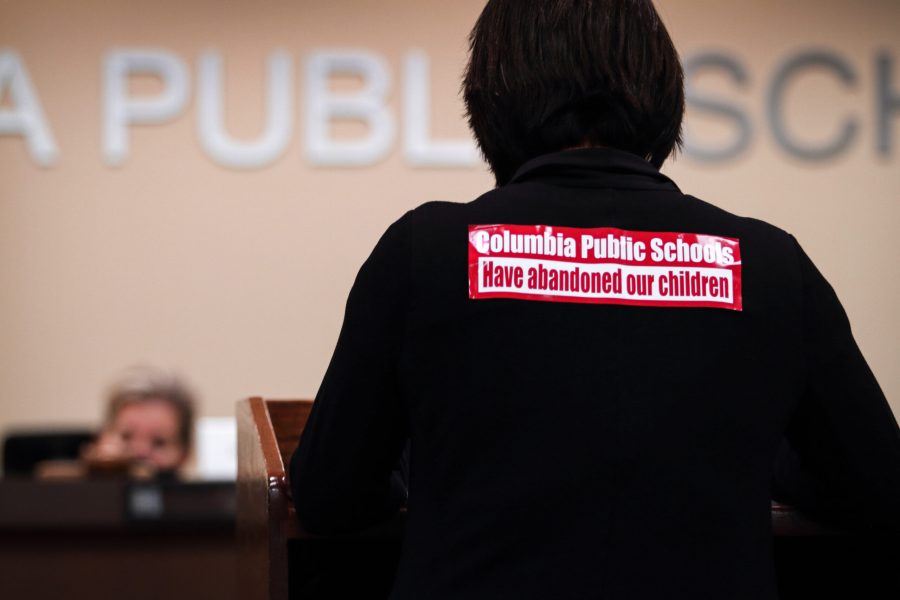The Columbia Public Schools (CPS) Board of Education held a session at the Neil C. Aslin administration building on Nov. 9. The Board voted on five different motions related to sending students back to in-person classes. CPS elementary schools will return to virtual learning on Nov. 16, and middle and high schools will stay virtual for the rest of the semester. Senior Sam Medley said he believes the board took the correct course of action, and hopes CPS continues on the virtual path.
“I don’t think the board acted appropriately when deciding to send us [elementary] school without knowing how the next two months will play out with our COVID [-19] situation,” Medley said. “Especially with us having the highest two-week average ever as a county, we are in the worst period we have gone through as a county and we have decided now is the time to go back to school which I think is completely irresponsible.”
At the previous board meeting on Oct. 22, the Board of Education voted to send elementary students back to a completely in-person four day week. Since then, the case rate increased to 85 cases per 10,000 people on Nov. 9, according to the CPS COVID-19 tracker, and the board voted to send elementary students back to virtual. RBHS Civics teacher Ben Niewoehner said he went to the board meeting because he was frustrated people did not understand that keeping children safe is one of the primary roles of a school .
“I have never spoken at a Board of Education meeting. I decided to attend the meeting this week because I was tired of sitting at home, watching the public comment at Board meetings and feeling frustrated,” Niewoehner said. “While I can be empathetic to the voices of concerned parents, I was frustrated with what appeared to be a disconnect between the community and educators.”
The board received multiple perspectives on the topic of in-person learning, from high school teachers to middle school students. Multiple teachers, including Mackenzie Everett-Kennedy, a teacher at Hickman High School, spoke during public comment and advocated to continue school in a virtual environment.
“A group of teachers asked that I represent them today because they cannot be here because they are quarantined,” Everett-Kennedy said in a public comment. “Their 462 students have abruptly moved into virtual learning. They are afraid to speak out, they are afraid to speak their truth.”
Everett-Kennedy also brought a poster with her, artistically representing the teachers and students who had to quarantine due to COVID-19 exposure or contact during in-person school. If the board voted in favor of returning high school to in-person, they would have to face the risk of students contracting COVID-19 and missing school. Niewoehner said he would only return in-person if the district followed the local Health Department guidelines.
“I believe that students could return if the district is able to find a way to fully comply with [the] health department[’s] guidelines, including practicing appropriate social distancing recommendations,” Niewoehner said. “What that looks like, I’m not exactly sure. But, I know it will need to look different than a normal school year, and it will need to be creative, perhaps innovative”
The shift from in-person last school year to virtual this year led to curriculum and scheduling changes, all considering COVID-19 and the associated health ramifications on the staff and students in the district. Medley said although the change is not optimal, he thinks it’s the most effective way to ensure the safety of students.
“It’s obviously different than I’ve expected my senior year to be before COVID-19,” Medley said. “I think if we follow correct COVID [-19] protocol and hold those not doing what is better and right for us accountable.”













































































